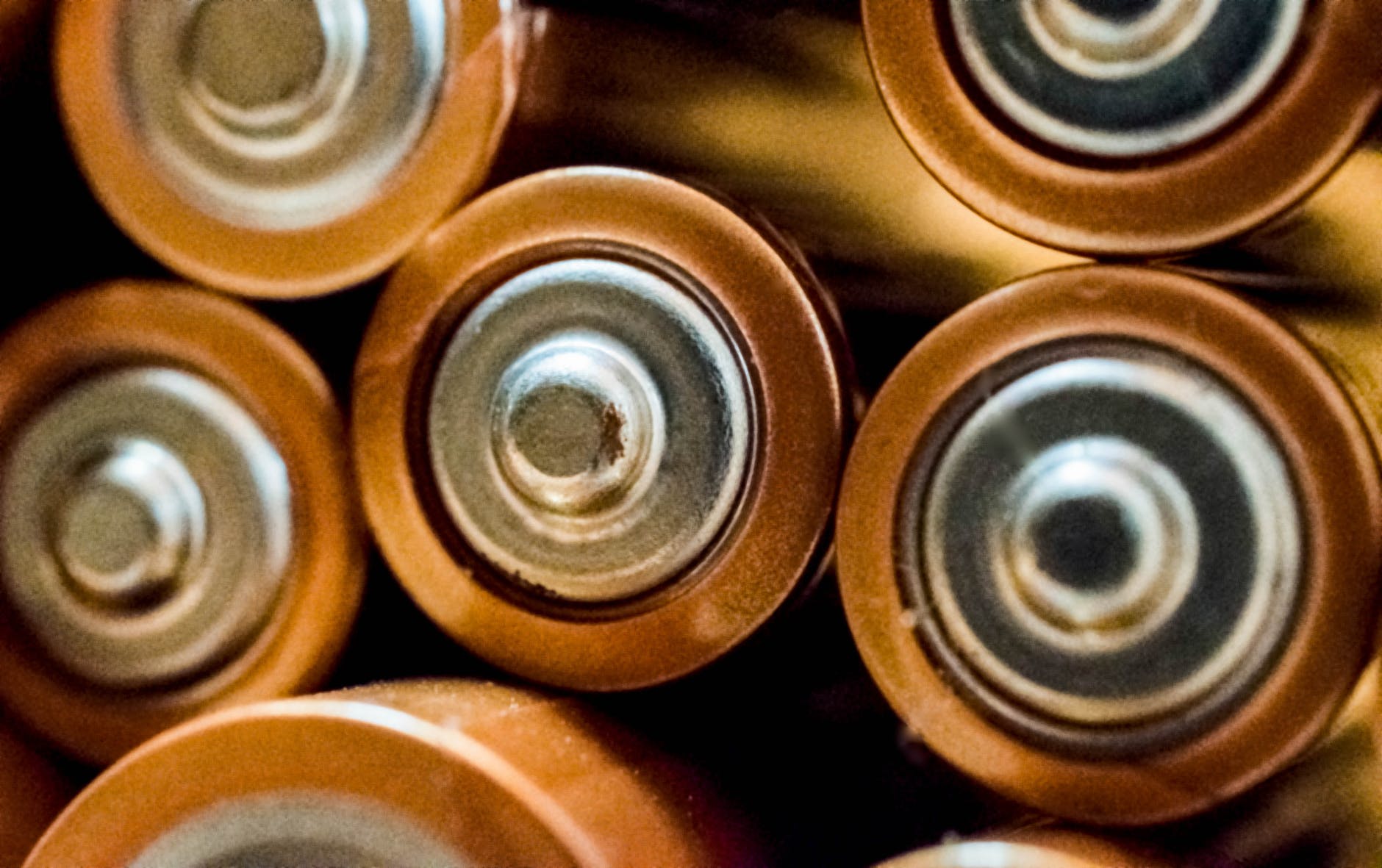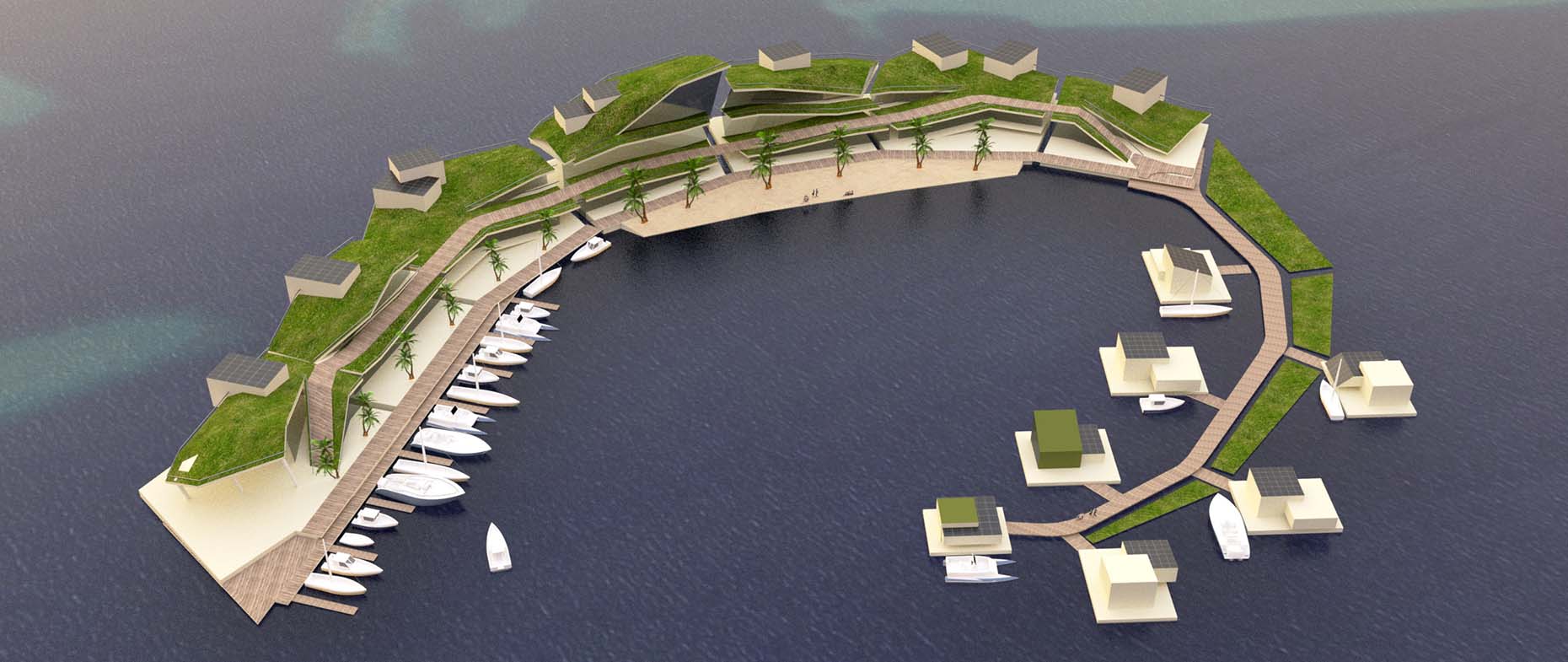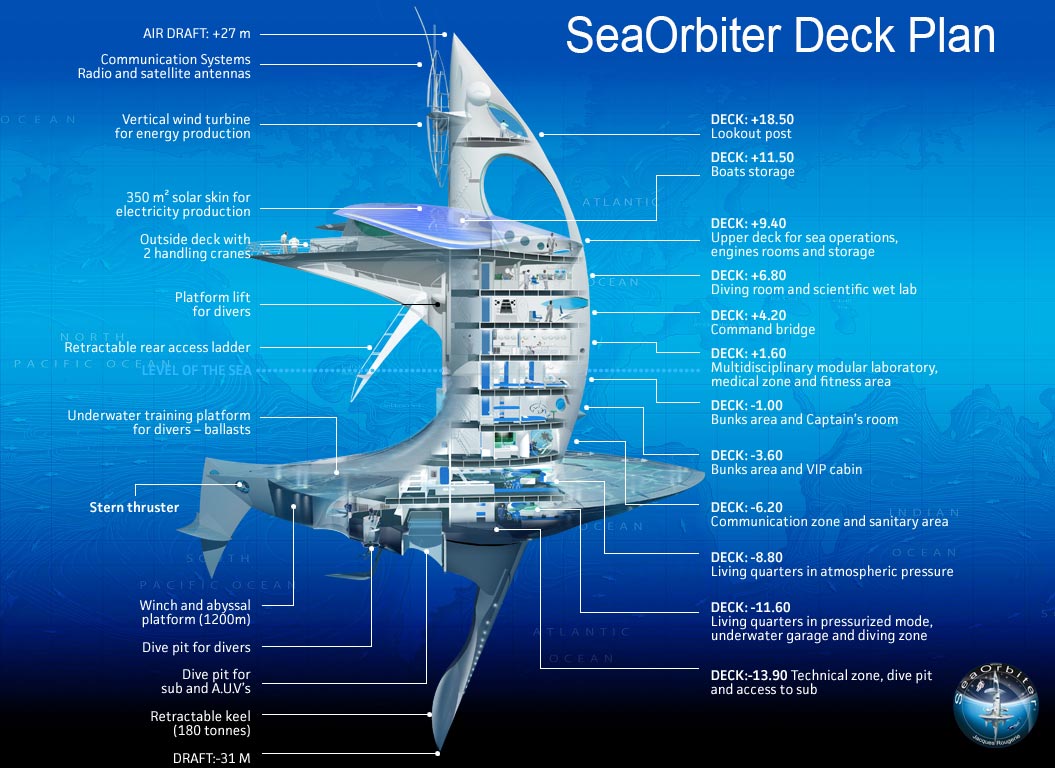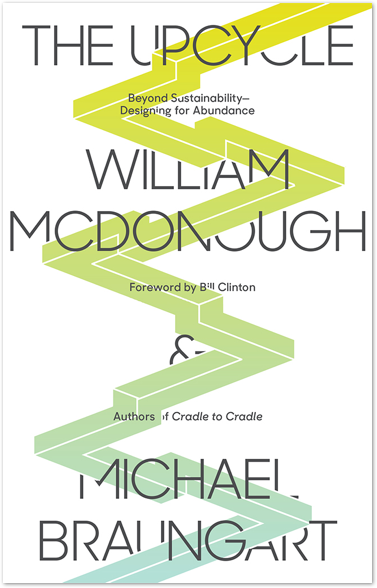
Photo by Hilary Halliwell on Pexels.com
As an engineer, I’m always thinking of how to make the objects around me work better. After rereading Cradle to Cradle this year, I’ve also been considering how to balance the needs of the present and the end of an object’s life.
When I was an undergrad, I did research in energy materials, so my interest was piqued when I saw the Volta Battery concept by Koraldo Kajanaku that won the Cradle to Cradle Product Design Challenge. Designed to be easily disassembled and made with materials that can easily be returned to technical or biological cycles, the battery is an excellent example of everyday objects that could be made better through thoughtful design.
The current ways in which we build batteries, solar panels, and wind turbines can’t get us all the way to a 100% renewable, solarpunk future. Elements such as the lithium used in cellphone batteries are rare and have some hurdles to true recyclability. Lead acid batteries, while more easily recycled, contain materials that are very hazardous to human health when not properly contained. Lithium batteries are an amazing technology, but we should be finding more readily recyclable alternatives for applications that don’t absolutely require the high energy density that a lithium chemistry affords. Aluminum, iron, nickel, and zinc could use a little more love when it comes to research and development. Nickel iron cells, for example, are likely the most robust chemistry available. They are quite heavy at the moment, but they might be one of the best options for grid backups since they don’t require the coddling that other technologies do. For the tidalpunks out there, you might want to check out ocean batteries.
More diversity of battery chemistries could lead to more energy democracy in energy storage. Communities could build the chemistry that uses the most local resources to back up their renewables. When paired with more sustainably designed windmills or solar thermal plants, we could do a lot more with a lot fewer rare earth minerals. Mechanical approaches to energy storage are also an attractive option. As is often the refrain with sustainable design, there is no silver bullet, we need many different solutions to fit the many different use-cases in existence. The 20th century was concerned with trying to shoehorn all our problems into a fossil fuel-shaped hole. The 21st will be defined by a diverse and beautiful ecosystem of solutions.
Is there an everyday object that you wish was designed more thoughtfully? Let us know below!














